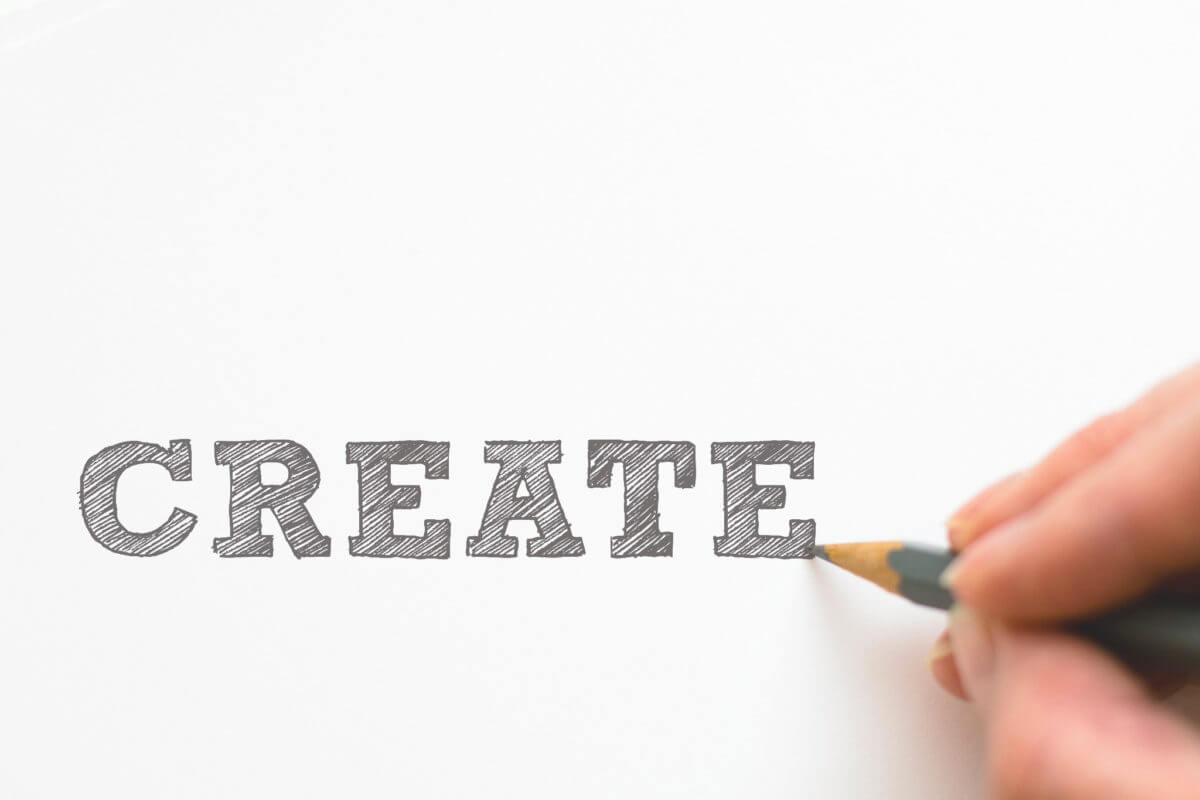Breaking Through Imposter Syndrome
I remember my first agency job and the butterflies that never really seemed to go away. I remember thinking, “I’m too inexperienced for this” and “don’t they know I have no clue what I am talking about?” I marveled at the fact that super-sharp professionals were asking for my thoughts and feedback. I had an overwhelming case of Imposter Syndrome. For those of you who have abounding confidence, you may not be familiar with this condition. Wikipedia defines Imposter Syndrome as:
…a psychological pattern in which an individual doubts their accomplishments and has a persistent internalized fear of being exposed as a “fraud.” Despite external evidence of their competence, those experiencing this phenomenon remain convinced that they are frauds, and do not deserve all they have achieved. Individuals with impostorism incorrectly attribute their success to luck, or as a result of deceiving others into thinking they are more intelligent than they perceive themselves to be.
Yikes! No wonder the butterflies were in a constant flutter. While I’d like to say that it eventually went away and I got into a rhythm and everything fell into place, that’s not quite how it happened. I had a few rough years and some not-so-great work experiences. I was told on more than one occasion that I needed to speak up and talk more in meetings. I was also told there was no place in the agency world for wallflowers. I was also once told that I needed to laugh more in the office, but that’s another blog post entirely #amIright?
I’m happy to report this is no longer an issue for me. Work confidence isn’t a problem; I can lead a meeting and a client with ease and yes, I can now laugh freely in the office. So, if you’re currently in the position that I was many moons ago, and you’re wondering how I did it; I’m going to let you in on four small tips that worked for me.
Watch/ Learn from Those In Your Agency You Admire
This is obvious, but I studied people. I watched how they approached each client, I paid attention to their body language in meetings, and I observed how they would walk into a room. I would note how they took notes, leaned in, twirled their pen and shook hands. I WATCHED EVERYTHING. And after this creepy phase, little by little, I imitated them (this still may have been part of the creep phase…). I would incorporate some of the same behaviors in my work style. When a situation or a meeting came up, I would think to myself, “What Would ‘Work-Idol’ do.” Eventually, this roleplay became a way of life, and the line between my “act” and my actions became blurred.
Prepare
Know your stuff. When you do your homework and know your client and their business backward and forwards, you can rest easy in your expertise. Your client hired your agency because you can provide a service that they cannot do for themselves. They’re great at producing widgets, and you’re great at telling the widget story. Rest easy in that, but also make sure that you do indeed know what you’re talking about. Don’t be afraid to ask questions but also be sure you’re proactive, too.
Dress the Part
Ok, this isn’t going to win me any new fans. I know one of the perks of working at an agency is the option to look like you’re an unaware college freshman who bought into the myth that people wear their pajamas to class. (Side note, if you’re a high school senior, THIS IS NOT A THING, get dressed before you leave your dorm room.) For those of us who are in the agency world, it may be easy to fall into the trap of sporting “loungewear” if we do not have a client meeting. I would caution you against this. Whether we like it or not, how we present ourselves outwardly says something about us to the rest of the world. Unconsciously, it may be difficult for our coworkers and counterparts to take us and our work seriously if we look like we got dressed in the dark. And even beyond others, think about how dressing “smart” makes you feel about yourself. If you know you look like you should be there, you’ll work like you should be there. So, unless your Mark Zuckerberg (and even then, it’s questionable) leave the hoodie on your futon, freshman.
Fake Confidence Until You’re Confident
This may seem silly or easier said than done, but it is true and actionable. Early on in your career, or if you find yourself in a new job or a new company, it’s okay to be nervous. New things can be scary. Rest easy that you are smart, thoughtful and have the brainpower needed to do the job. As noted above, if you need more information to prepare, ask questions and then make notes of what you are told. Speak up and let others know your thoughts and ideas. The more you throw out there, the more those around you will see and know that you have insights to offer. Even if you don’t always knock it out of the park, you have demonstrated thought leadership.
Chasing confidence takes time. Some of us exude it from the get-go, and some of us need to practice. For me, it didn’t come naturally, but I kept speaking up, kept learning more about my clients and their industry, kept preparing each day both internally and outwardly, and I found something amazing happened. I forgot I felt like an imposter, the butterflies packed up and move elsewhere, and I realized I was a valued member of my team who had the talent to be there. I hope that you’re able to evict your fluttering friends, too.
We work collaboratively with our clients to empower them to do the best work they can. Ready to meet your new PR best friend? Let’s connect!








